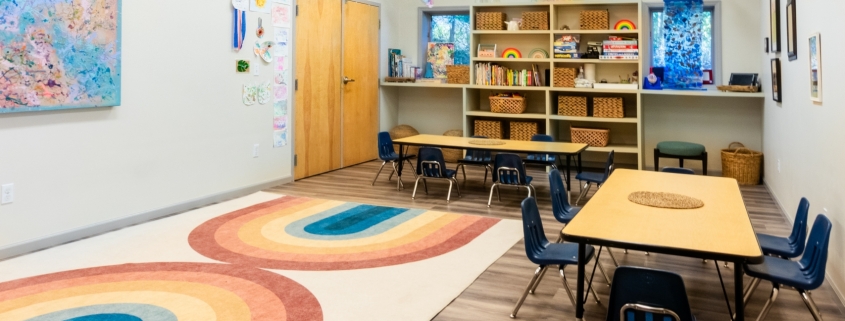Honoring Neurodivergent Strengths Through the Arts
“There is no single spectrum. Every child colors their world in their own way—and every hue is worthy of love.” ― Dr. Simbi Animashaun, Spectrum of Love: My Journey Through Autism: A Mother’s Story of Love, Advocacy, and Awareness
May is Mental Health Awareness Month—a time to celebrate every child’s unique mind and to better understand how we can support mental and emotional well-being.
Neurodivergence—a term that includes ADHD, autism, sensory processing differences, and other brain-based variations—isn’t a problem to fix. It’s a difference to embrace. At Shine Studio, we believe every child deserves a space where they can feel seen, valued, and empowered to thrive.
Why Creative Spaces Matter
For children with neurodivergent traits, traditional classroom environments can feel overwhelming or limiting. But creative spaces—like art studios, music rooms, or theatres—can offer something profoundly different: freedom to explore, flexibility in expression, and moments of genuine joy.
What the Research Shows
Science is increasingly affirming what creative educators have long understood: the arts help kids regulate, connect, and grow.
- Improved social skills: A study published in Frontiers in Psychology found that 12 weeks of art therapy significantly improved hyperactivity, inattention, and peer relationships in kids with ADHD.
- Boosted brain chemistry: Engaging in creative activities—like doodling—can increase dopamine levels in the brain, which are often lower in children with ADHD.
- Enhanced communication: Multiple studies confirm that creative arts interventions improve social interaction, communication, and emotional expression.
- Development of Coping Skills: Art therapy gives children with ADHD a safe way to process emotions, build resilience, and strengthen social and motor abilities. themselves, manage emotions, and develop crucial social and motor skills.
The Power of the Arts for Neurodivergent Kids
Creative play supports mental health for all children, but especially for those who struggle with attention, regulation, or communication. Here’s why:
- Movement and Sensory Input: Many kids with ADHD need to move in order to focus. Art and performance-based activities offer built-in movement, from painting broad strokes on a canvas to dancing to a beat or acting out stories.
- Emotional Expression: Art gives kids a safe, nonverbal outlet to process big feelings—frustration, excitement, anxiety, or joy. It also allows for risk-taking in a low-stakes environment, building resilience and self-esteem.
- Flexible Thinking: Kids with neurodivergence often shine in environments where there’s no single “right” answer. Creative projects reward curiosity, innovation, and unconventional approaches—the very qualities that might be discouraged elsewhere.
- Positive Identity: When kids succeed in creative settings, they start to view their differences as strengths. They see themselves as artists, makers, storytellers—not as a “problem to solve.”
How Shine Supports Neurodivergent Kids
At Shine, we design every experience with the whole child in mind. That means:
- Offering structure with room for spontaneity.
- Welcoming stimming, movement, and sensory exploration.
- Valuing different communication styles—whether verbal, visual, or somewhere in between.
- Encouraging kids to lead with their passions.
Our mixed-age classes, workshops, and camps also give kids opportunities to learn from one another, model empathy, and celebrate individuality.
This Mental Health Awareness Month, let’s remember that mental health isn’t just about diagnosis—it’s about belonging, confidence, and connection. Whether your child is neurodivergent or not, environments that center on creativity, flexibility, and joy are healing and hopeful spaces for all.



